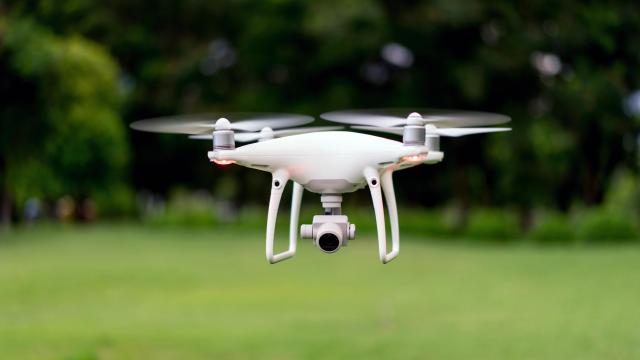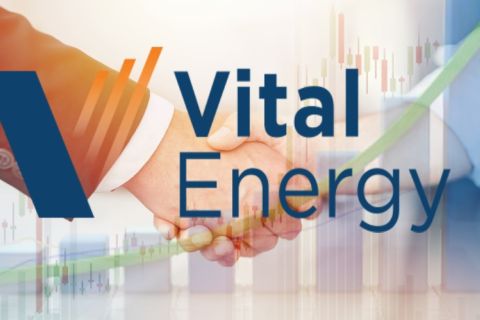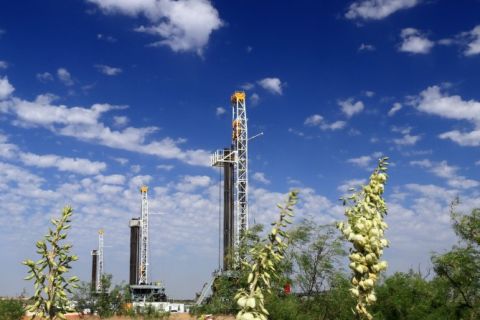
This man-vs.-machine contest may have fallen short of the status of a contemporary John Henry tale, but it nevertheless teaches a lesson about inexorable technological progress.
Measure, an aerial intelligence company, wanted to know how well its drone could conduct a solar plant’s routine inspection compared to a ground-based crew. Measure found that the inspection results were 99% identical. So, a tie.
But the drone took two hours to complete the inspection compared to two days for ground-based crews.
Drone wins.
“Drones can also capture tower, pole, and turbine images from most any angle, which is often not possible with other inspection methods,” Measure said in a recent white paper. “In solar applications, drones spot sub-module defects that manual inspections typically miss.”
The AES Corp. (NYSE: AES), a global utility with operations in 15 countries, is an enthusiastic user of the technology.
On the AES website, Gary Fearis, lead drone pilot for the company’s Dayton Power & Light unit, described an early assignment at a Savannah, Ga., solar farm.
“We actually flew several sections of the farm and found multiple panels that were not working,” he said. “And the way you find that they were not working is that they’re hotter than the panels around them that are working.”
Measure admited that the method is imperfect.
“Thermal imagery cannot report on the reason for a hot spot on a panel,” the white paper said, referring to solar inspections. “From time to time, a maintenance person may go out to inspect a defective panel only to find that the hot spot was nothing more than a leaf, bird dropping, or some other element of nature.”
In the area of wind turbine inspections, a manual inspection beats the data collected by a drone, especially considering that the collection is dependent on the skill of the pilot in this relatively new area, Measure said. That manual inspection, however, is time-consuming and hazardous and, even when providing superior results, still may not best the drone in terms of cost-effectiveness.
Drone inspections for solar facilities, Measure said, are 95% more efficient and identify defects, tracker misalignment, shading, tower and substation conditions that manual inspections might miss. The efficiency stems from data that is sent to a smart phone app, which allows site and update inspection results directly from the field.
Drone are able to identify wind turbine blade defects faster than manned inspections. Ground-based inspections, Measure said, miss 15% to 20% of the defects caught by drones.
Joseph Markman can be reached at jmarkman@hartenergy.com and @JHMarkman.
Recommended Reading
Vital Energy's ‘Wildly Successful’ 2023 ‘Small Ball’ M&A Now in ‘Moneyball’ Mode
2024-02-23 - The operator added big runs in $1.6 billion of 2023 deals. Now Vital is looking to make more out of its hits via geology and geophysics, including steals “for free.” Still, it might pick up big consolidators’ cast-offs.
E&P Highlights: Feb. 12, 2024
2024-02-12 - Here’s a roundup of the latest E&P headlines, including more hydrocarbons found offshore Namibia near the Venus discovery and a host of new contract awards.
Permian Activity in ‘Low-to-no-growth’ Mode for First Half
2024-02-22 - After multiple M&A moves in 2023 and continued E&P adherence to capital discipline, Permian Basin service company ProPetro sees the play holding steady.
Sold in 66 Days: Inside the Diamondback-Endeavor Deal
2024-03-26 - Diamondback Chairman and CEO Travis Stice first offered “at least $25 billion” for Endeavor Energy Resources on Dec. 8. The deal closed just weeks later for $26 billion.
ChampionX to Acquire RMSpumptools, Expanding International Reach
2024-03-25 - ChampionX said it expects the deal to extend its reach in international markets including the Middle East, Latin America and other global offshore developments.






